A combination of both modern engineering and cutting-edge biological research, this customized wind tunnel is designed specifically for researching the physiology of bat muscles during flight.
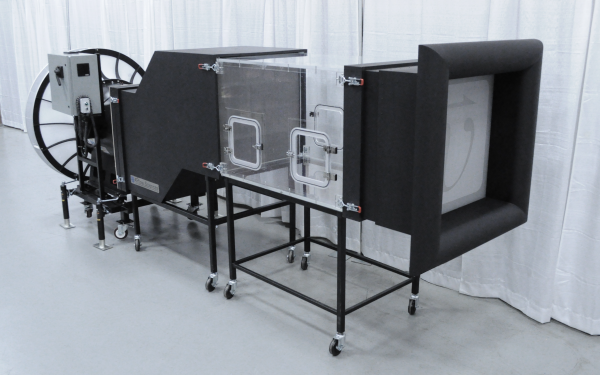 |
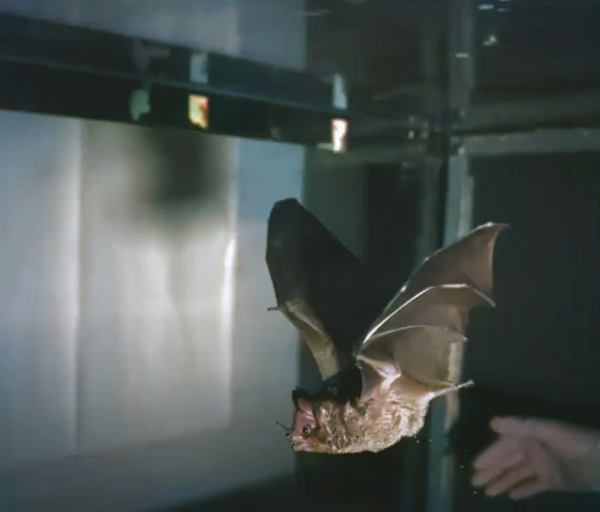 |
Could studying the flight of bats help humans cope with extreme temperatures? Biologists plan to use this Michigan-made wind tunnel to find out. A combination of both modern engineering and cutting-edge biological research, this customized wind tunnel is designed specifically for researching the physiology of bat muscles during flight. The research is being funded by the National Science Foundation.

Airflow Sciences Corporation, a Livonia, Michigan based engineering design company, has been testing, designing and manufacturing specialized wind tunnels since 1975. Past designs include wind tunnels that simulate rainy weather, cold tunnels that study ice accumulation, and wind tunnels for aerodynamic testing of vehicles and sports equipment like golf balls and clubs. Airflow’s latest tunnel is designed particularly for gathering muscle-performance data while bats fly. The lead researcher, Dr. Andrea Rummel, says, "It's like a treadmill for bats."
"It's like a treadmill for bats." Dr. Andrea Rummel, Lead researcher
The wind tunnel delivers acoustically-treated airflow to a clear viewing chamber, to encourage bats to fly. Bats are instrumented with tiny sensors that measure the exact temperature of each muscle as well as muscle activity. The anti-reflective chamber enables researchers to collect high-speed video of flight patterns as other types of data are collected. Each joint of the wing is painted with a tiny white dot to allow 3D tracking of the mammal from various camera angles, to measure the extent of motion in every muscle group for each wing-beat.
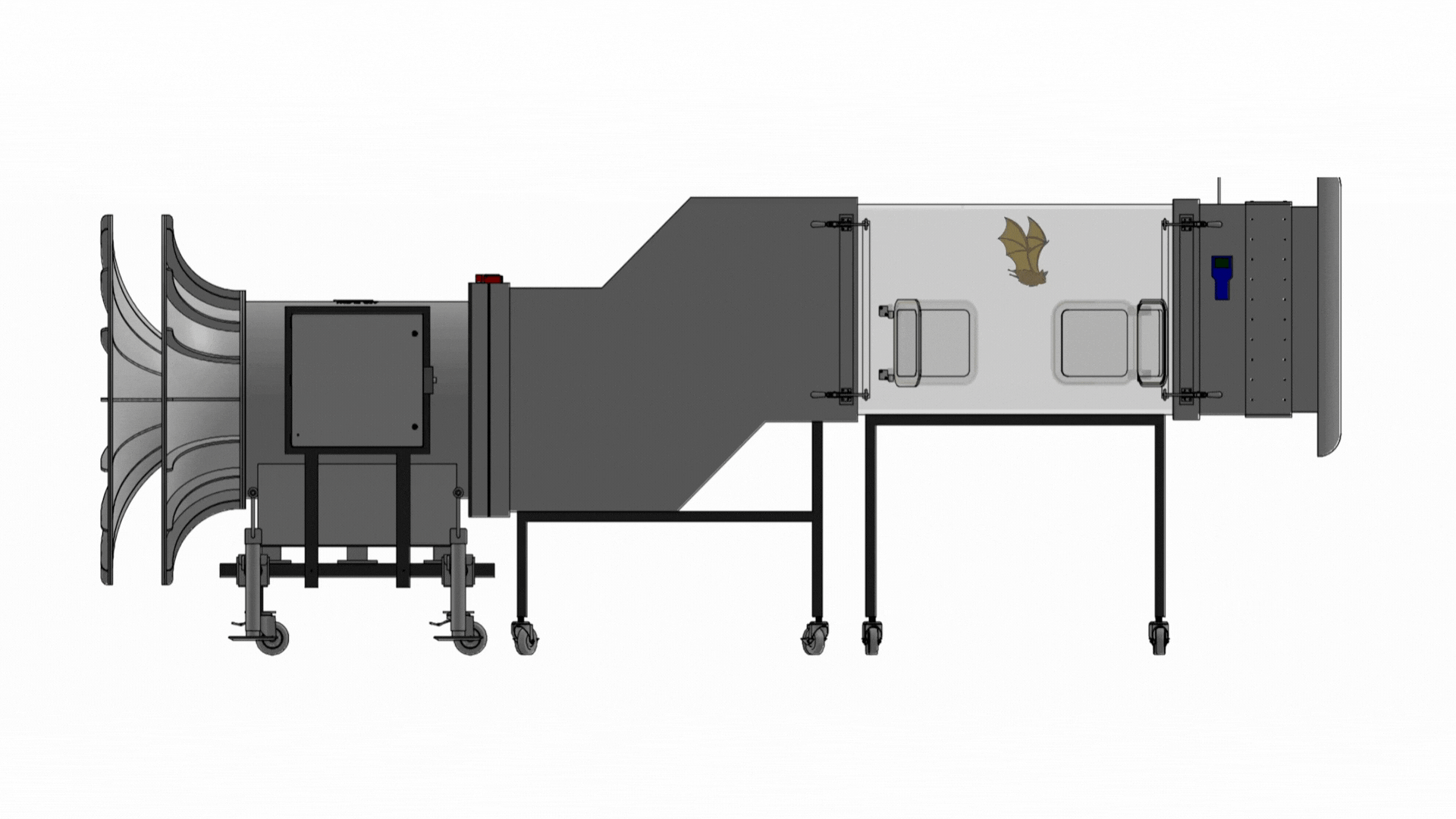
Airflow Sciences designed the new wind tunnel in close connection with researchers. It features animal screens that both keep bats contained and encourage flight. A sound-absorbing duct keeps the flight chamber free from excess fan noise. Anti-reflective surfaces ensure high quality photography and high-speed video capabilities. The chamber has two arm-access doors on each side to ensure safe animal insertion and retrieval. Finally, the components of the tunnel come on wheels for mobility and can be completely disassembled for experimental setup and cleaning.
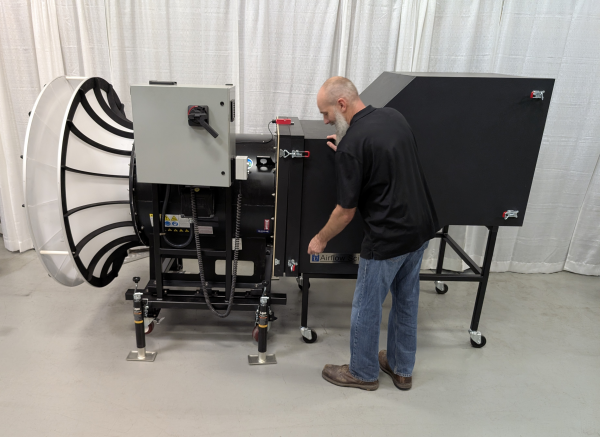 |
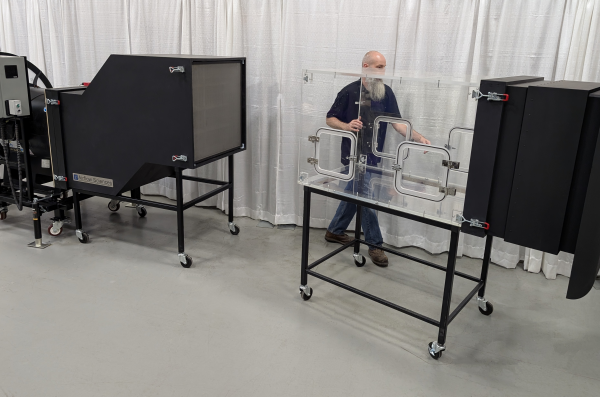 |
|
The wind tunnel is headed to Rice University, where researchers are interested in studying how extreme temperatures affect peak muscle performance in animals. Most mammals, humans included, have limbs that operate at consistently lower temperatures than their core body when exposed to cold weather. For most mammals, cold muscles mean slower movements. As the only flying mammal, bats offer a unique research opportunity when it comes to studying these temperature effects in active limbs. Bat wings can beat up to 10 times per second and also experience significant heat loss during the flight process, at times operating over 20°F colder than a bat’s core body temperature, even in warm conditions, while still maintaining remarkable muscle function.
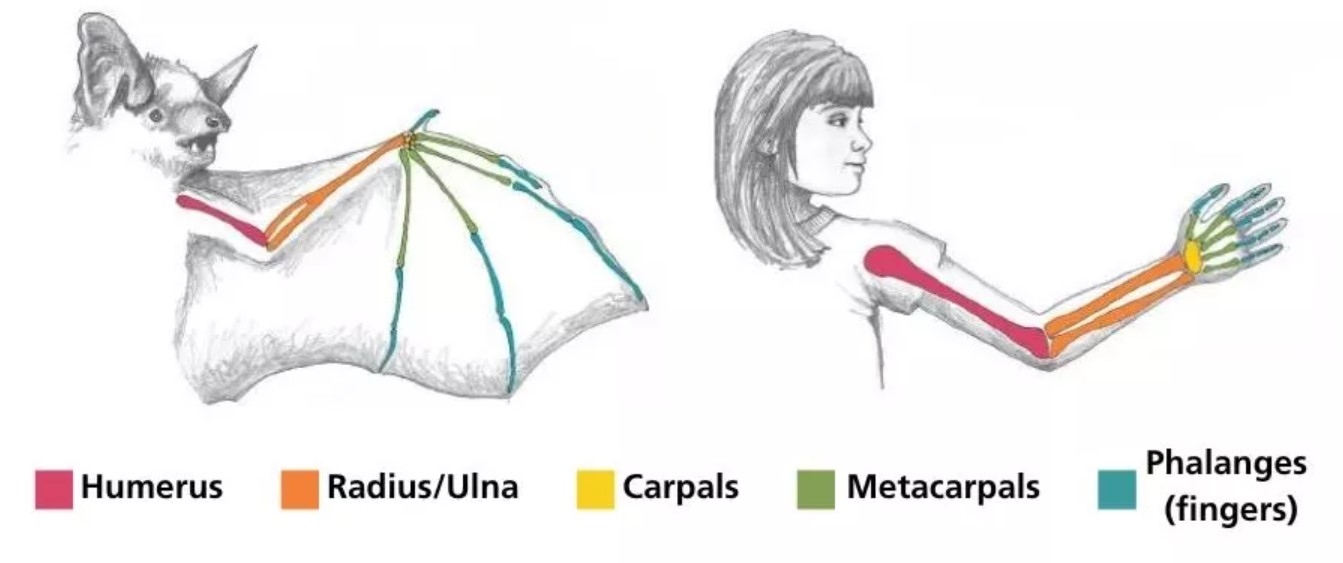 |
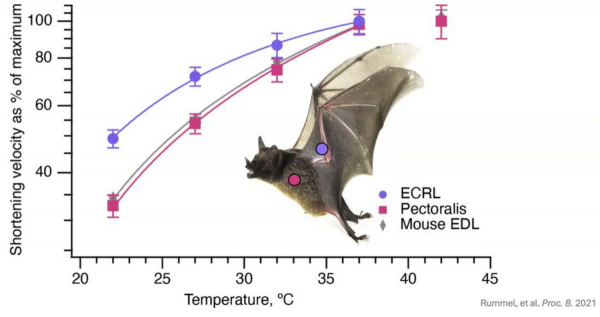 |
| Bats have anatomical similarities with birds and other mammals. Image: www.nps.gov/subjects/bats/how-bats-fly.htm |
Bat wing muscles have lower thermal dependence. |
This field of study is called integrative physiology, where scientists combine multiple areas of biological data to more truly understand an animal’s capacity for performance. The research has implications for helping humans or other mammals cope with cold weather and hopes to shed light on how animals can adapt to maintain performance in a changing global climate.
Airflow Sciences is proud to support the innovative aerodynamic studies of manufacturers and researchers all over the world with our custom wind tunnels. Our customer-focused design process allows scientists to dream big about the possibilities of wind tunnel testing.
Wind Tunnel Components
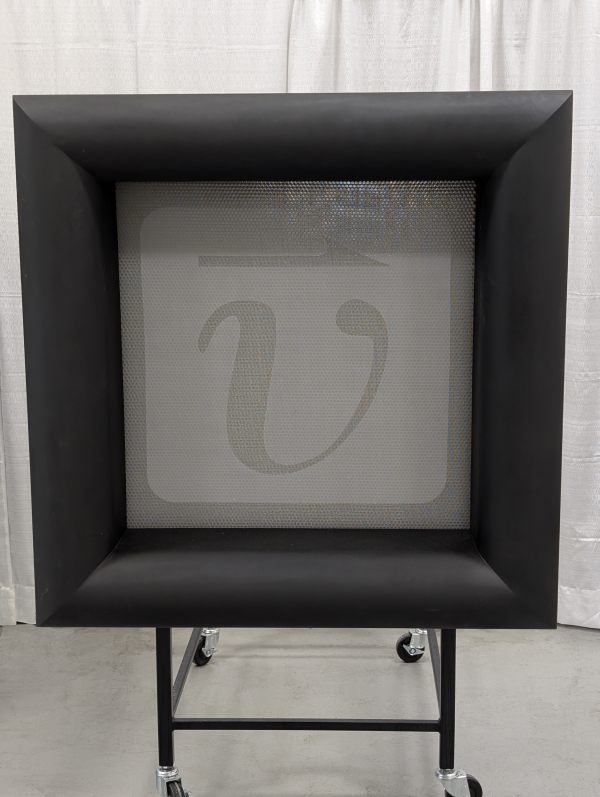 |
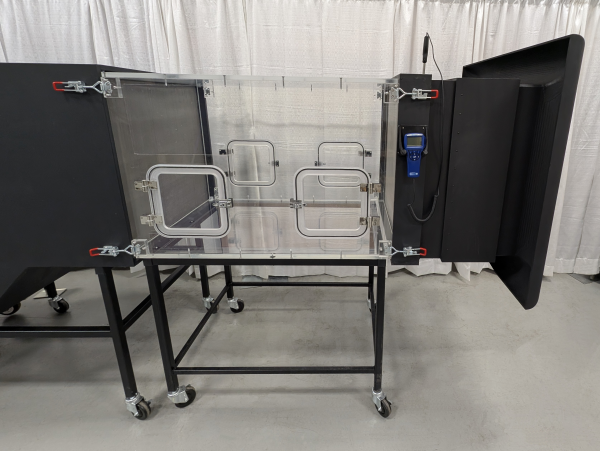 |
|
| Bellmouth Inlet with Flow Controls for Optimal Flow Conditions in the Flight Chamber | Anti-Reflective Flight Chamber with Animal Screens |
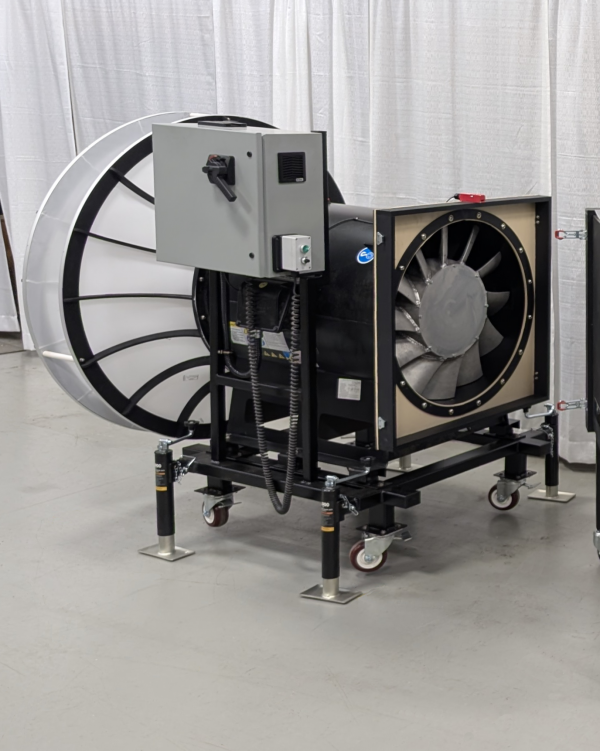 |
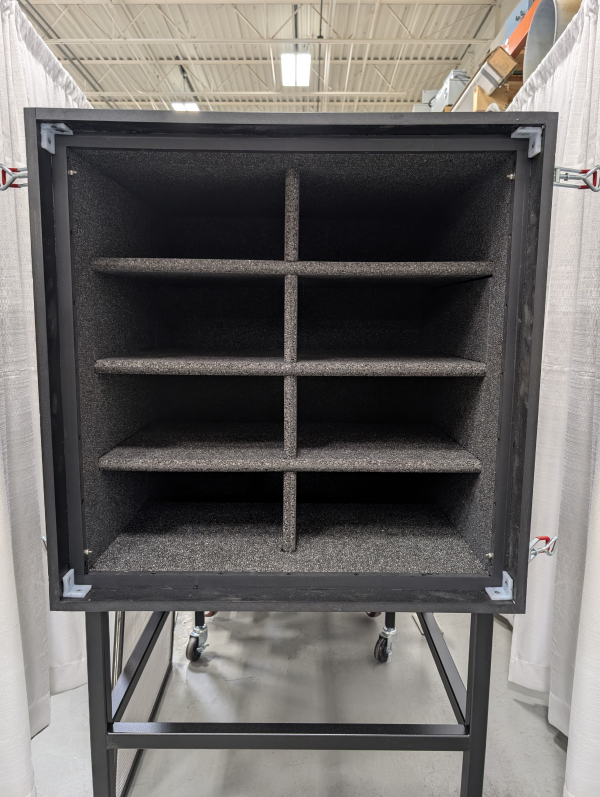 |
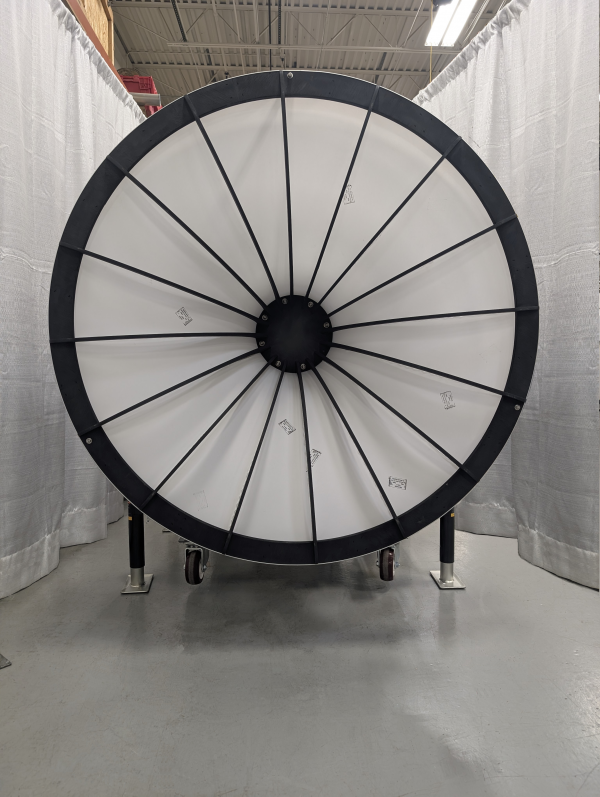 |
||
| Variable Speed Fan with Vibration Isolation and Air Speed Controls |
Sound-Absorbing Duct | Diffuser to Minimize Pressure Loss and Ensure Maximum Fan Efficiency |
